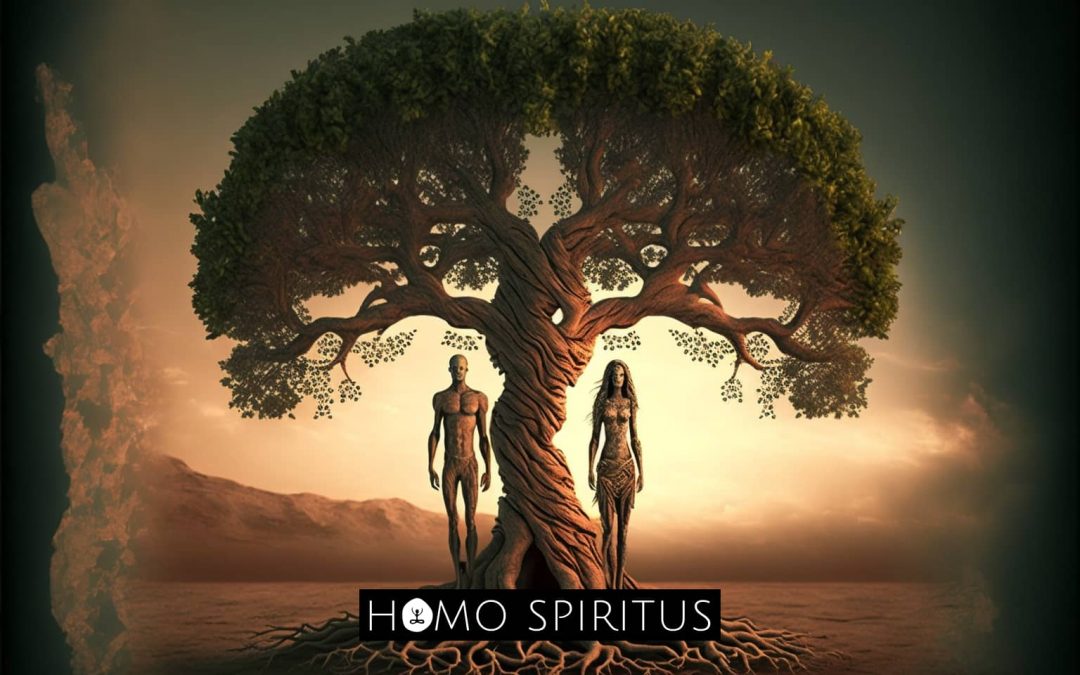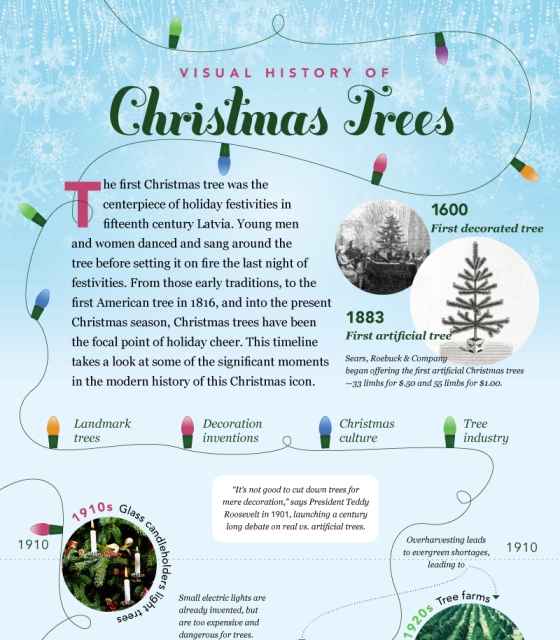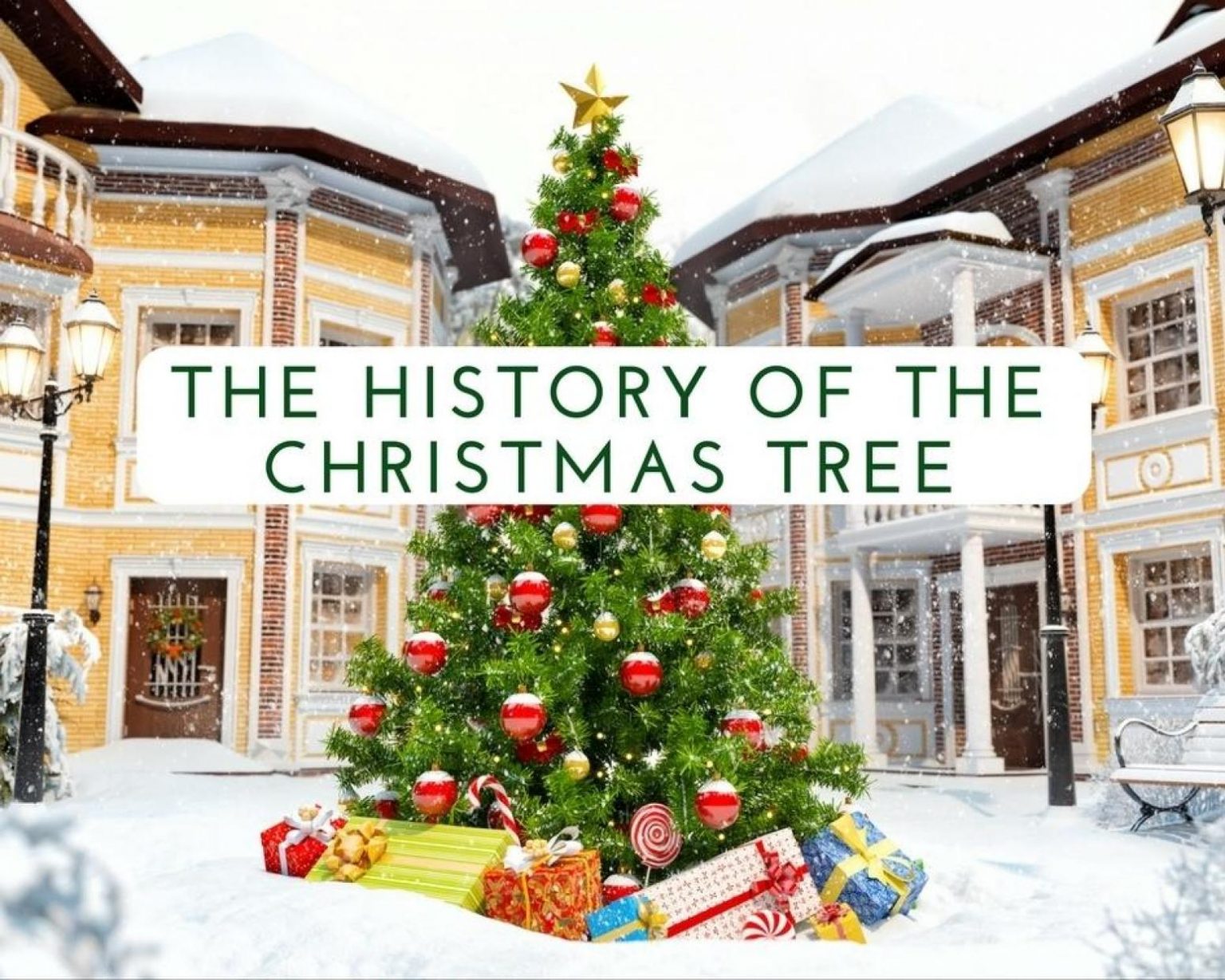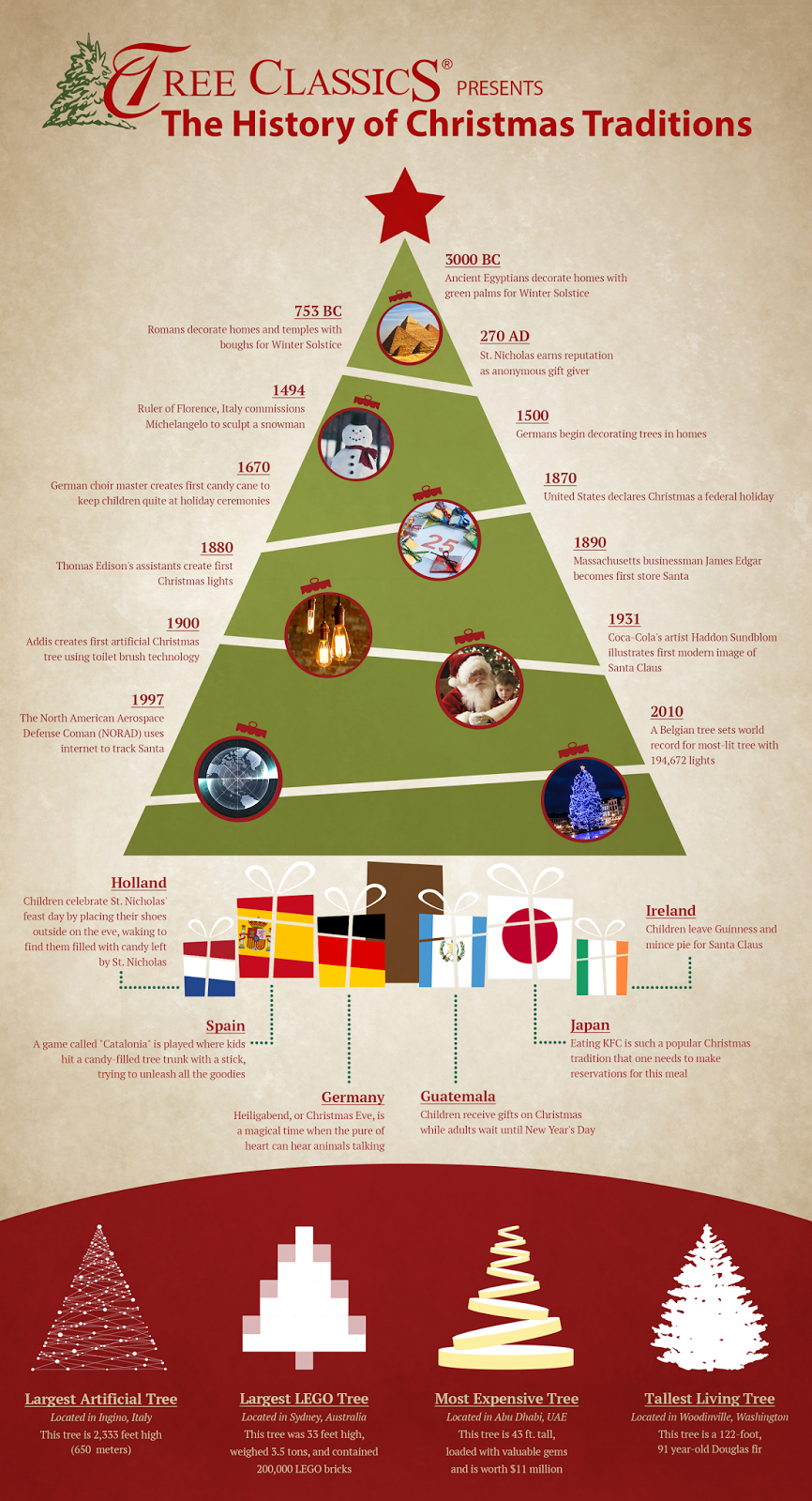
The Christmas tree tradition has a rich and fascinating history that spans centuries. From its origins in ancient pagan festivals to its modern-day celebration, the Christmas tree has evolved into a beloved symbol of the holiday season. In this article, we'll delve into the 7 origins of the Christmas tree tradition, exploring its evolution and significance.

The Christmas tree tradition has its roots in ancient cultures, where trees were seen as symbols of life and fertility. In many pre-Christian societies, trees were believed to have spiritual significance, and their evergreen foliage was seen as a sign of eternal life. Let's explore the 7 origins of the Christmas tree tradition:
1. Ancient Pagan Festivals
The earliest recorded evidence of tree worship dates back to ancient pagan festivals in Northern Europe. During the winter solstice, people would bring evergreen trees into their homes and decorate them with candles, fruits, and other ornaments. This tradition was believed to have originated with the ancient Germans, who worshipped the god Odin and his sacred tree, the oak.
The Winter Solstice
The winter solstice, which falls on December 21 or 22, marked the shortest day of the year. To celebrate the return of the sun, ancient pagans would hold festivals and rituals to ensure the continuation of life and fertility. The evergreen tree, with its perpetual foliage, was seen as a symbol of eternal life and a reminder of the cycle of nature.

2. The Roman Festival of Saturnalia
The Roman festival of Saturnalia, celebrated from December 17 to 23, was another significant influence on the Christmas tree tradition. During this festival, Romans would decorate their homes with evergreen branches and exchange gifts. The festival was dedicated to the god Saturn, who was revered as the patron of agriculture and fertility.
The Influence of Roman Culture
The Roman festival of Saturnalia had a profound impact on the development of the Christmas tree tradition. The Roman Empire's vast reach and influence helped spread the practice of decorating evergreen trees throughout Europe. As Christianity spread, the tradition was adapted and incorporated into the celebration of Christmas.

3. The Germanic Tribe's Yule Log
The Germanic tribe's Yule log tradition also played a significant role in the evolution of the Christmas tree. During the winter solstice, the tribe would light a large log, which was believed to have magical powers. The log was seen as a symbol of the sun and was believed to bring good fortune and protection.
The Significance of the Yule Log
The Yule log tradition was later incorporated into the Christmas celebration, where it was replaced by the Christmas tree. The log's significance was transferred to the tree, which was seen as a symbol of eternal life and a reminder of the cycle of nature.

4. The Christian Tradition of the Tree of Life
The Christian tradition of the Tree of Life also influenced the development of the Christmas tree. In Christian theology, the Tree of Life represents eternal life and the connection between heaven and earth. The evergreen tree, with its perpetual foliage, was seen as a symbol of eternal life and a reminder of the promise of eternal life through Jesus Christ.
The Significance of the Tree of Life
The Tree of Life tradition was incorporated into the Christmas celebration, where the Christmas tree was seen as a symbol of eternal life and a reminder of the promise of eternal life through Jesus Christ. The tree's significance was further emphasized by the use of candles, which represented the light of Christ.

5. The 16th-Century German Tradition
The modern Christmas tree tradition as we know it today originated in 16th-century Germany. During this time, devout Christians would bring evergreen trees into their homes and decorate them with candles, fruits, and other ornaments. The trees were seen as a symbol of eternal life and a reminder of the promise of eternal life through Jesus Christ.
The Influence of Martin Luther
Martin Luther, a German theologian and reformer, is credited with popularizing the Christmas tree tradition. According to legend, Luther was walking through a forest on a snowy evening and was struck by the beauty of the stars shining through the branches of the fir trees. He brought a small fir tree into his home and decorated it with candles to recreate the effect for his children.

6. The Victorian Era and Prince Albert
The Christmas tree tradition was popularized in the Victorian era by Prince Albert, the German-born husband of Queen Victoria. Albert brought the tradition to the British court, and it soon spread throughout the upper classes. The Illustrated London News published a drawing of the royal family around a decorated Christmas tree in 1848, further popularizing the tradition.
The Influence of Queen Victoria
Queen Victoria's love of Christmas and the Christmas tree tradition helped to popularize it throughout the British Empire. The queen's enthusiasm for the holiday season and the Christmas tree tradition was contagious, and soon it spread to the middle and lower classes.

7. The American Tradition and Thomas Edison
The Christmas tree tradition was popularized in America in the late 19th century. Thomas Edison, the inventor of the electric light bulb, is credited with creating the first electric Christmas lights. Edison's colleague, Edward Johnson, hand-wired 80 red, white, and blue lights and placed them on a rotating tree in his home in New York City.
The Influence of Electric Lights
The invention of electric lights revolutionized the Christmas tree tradition. No longer were candles necessary, and the risk of fire was greatly reduced. Electric lights made it possible to decorate trees with a dazzling array of colors and designs, further popularizing the tradition.

Gallery of Christmas Tree Traditions




FAQs
Where did the Christmas tree tradition originate?
+The Christmas tree tradition originated in ancient pagan festivals in Northern Europe, where trees were seen as symbols of life and fertility.
What is the significance of the evergreen tree in the Christmas tree tradition?
+The evergreen tree is seen as a symbol of eternal life and a reminder of the cycle of nature.
Who is credited with popularizing the Christmas tree tradition in Germany?
+Martin Luther, a German theologian and reformer, is credited with popularizing the Christmas tree tradition in Germany.
We hope you've enjoyed this journey through the 7 origins of the Christmas tree tradition. Whether you're a history buff or simply a lover of the holiday season, the Christmas tree is a symbol of joy, hope, and eternal life that brings people together around the world.




![The history of Christmas trees [Infographic]](http://www.onlyinfographic.com/wp-content/uploads/2015/12/christmas-tree-infographic.jpg)






